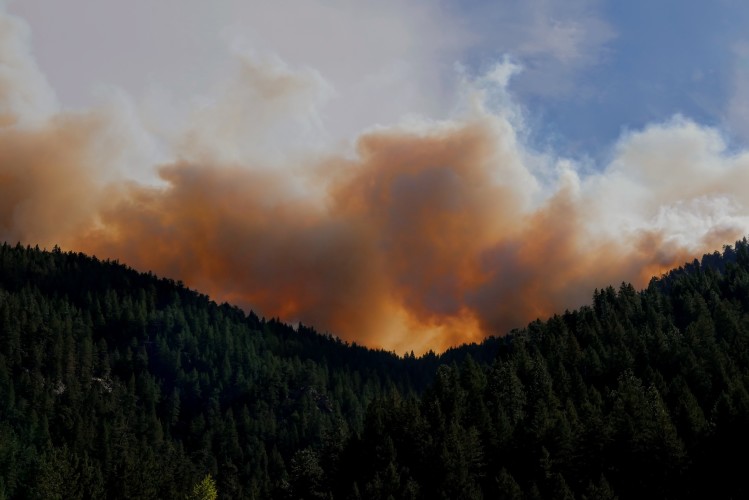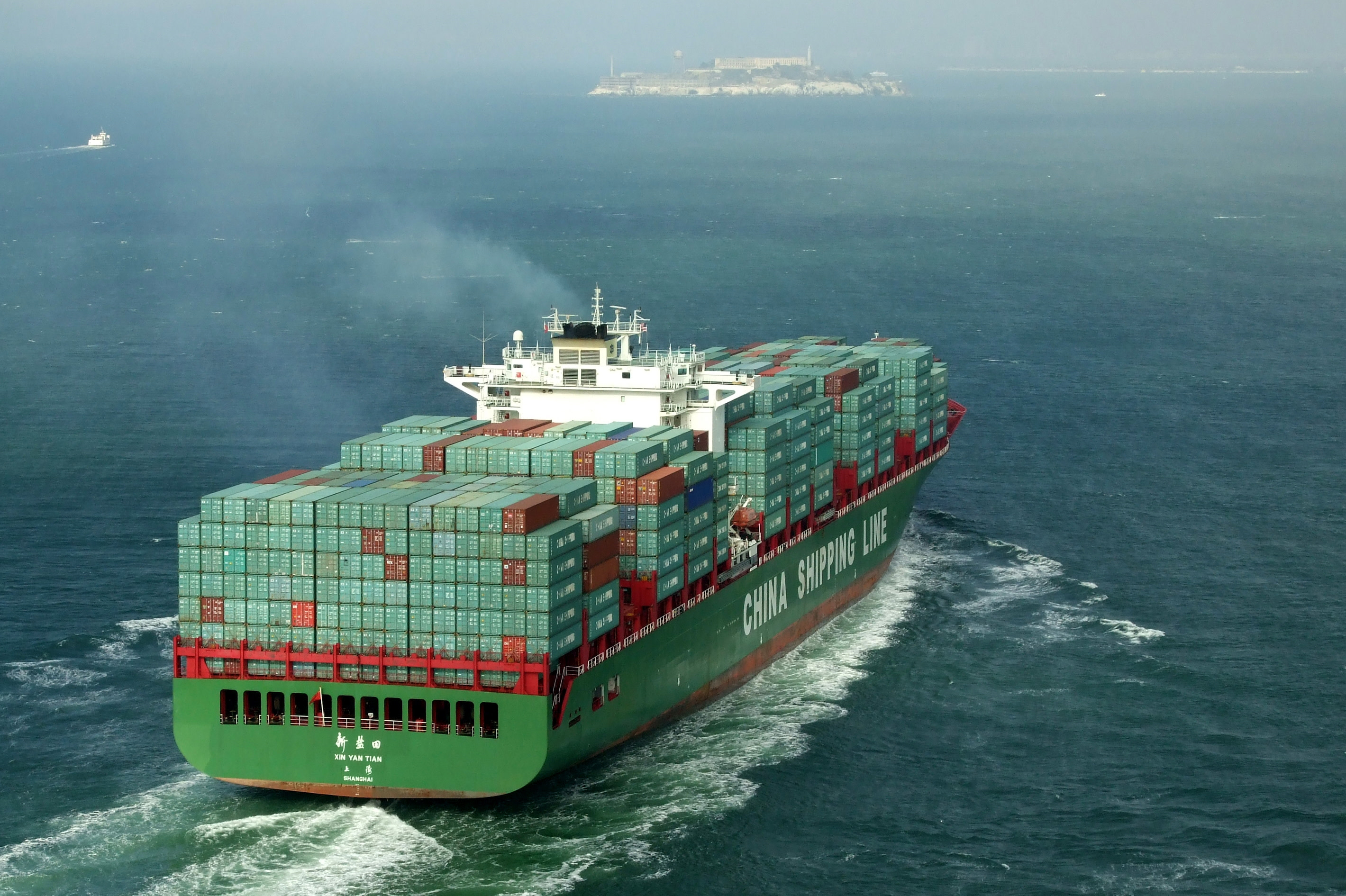COP27 Fails to Resolve One Major Source of CO2 Emissions

At the most recent climate talks, COP27, wildfires, which cause up to 20% of the world's CO2 emissions, were not properly dealt with.
This is the opinion of Dryad Networks (Dryad), the only company that makes solar-powered environmental sensor networks for spotting wildfires as early as possible. According to Dryad, if attention and climate finance are not taken into account in terms of severe wildfires, global temperatures will rise by more than 1.5 degrees Celsius.
Other big polluters, like the power sector, heavy industry, and intensive agriculture, also had their own days at the two-week conference. On the last day, which was about solutions, sustainable transportation was a big topic. Wildfires, however, while adding 6.5 billion tonnes of CO2 to total global emissions each year, were not adequately addressed.
The situation is simply going to worsen. In the previous decade, eight of the worst wildfire seasons on record have happened, and wildfires are getting more widespread, consuming nearly twice as much tree cover as they did 20 years ago. If we don't meet the 1.5C goal and reach two degrees of warming, the UN Environment Programme says that 62% more land will have been burned. If we reach the temperature by three degrees, that figure jumps to 97%.
Wildfire emissions are often miscalculated or underestimated, which makes the problem worse in a big way. Wildfires are always left out of a country's CO2 emissions report because they are seen as natural events that don't produce carbon. However, with humans causing 80% of wildfires and carbon neutrality depending on forest recovery, which can take 100 years, Dryad says that excluding emissions from global CO2 inventories is both wrong and cynical - it leads to inaction on addressing a key emitter.
“Some estimates, for example, use carbon and CO2 interchangeably, but doing so misrepresents the amount of CO2 emissions that wildfires emit and therefore perpetuates inaction,” says Carsten Brinkschulte, CEO, Dryad. “CO2 is 3.7 times heavier than carbon, which means that when we measure the amount of carbon emitted by wildfires and compare that to the CO2 emissions of other sectors, we are underrepresenting the severity of the wildfire problem by a factor of 3.7.
“The most common statistic that gets thrown around is from 2021 and states that wildfires emit 1.76 billion metric tonnes of carbon globally. That figure is then used interchangeably with CO2. However, when calculated correctly, global CO2 emissions of wildfires are a whopping 6.5 billion metric tonnes.”
Increased focus and investment in battling wildfires are vital. Currently, government wildfire funding is primarily used for firefighting rather than detection or prevention. While it is critical to support emergency responders and firefighters on the front lines, the deployment of modern, low-cost wildfire detection technologies is low-hanging fruit when it comes to forest defence. The ability to detect fires earlier, when they are still easy to extinguish, drastically reduces CO2 emissions because the fires can be put out easily before they spread out of control.
If early detection technology were widely used, it would prevent the emission of hundreds of millions of tonnes of CO2 and conserve our precious and crucial forests. Dryad estimates that installing 120 million of its sensors globally by 2030 may save up to 3.9 million hectares of forest from burning and avert 1.7 billion tonnes of CO2 emissions.
Also, preventing wildfires could be part of the carbon credit framework that the US proposed at the conference to help pay for the energy transition of developing countries and losses and damages. Carbon credits could be given for stopping wildfires in forested areas in developing countries that are prone to them. This would be possible with sensor and Internet of Things (IoT) technology, which makes detection accurate and based on data.
Source: Envirotech

